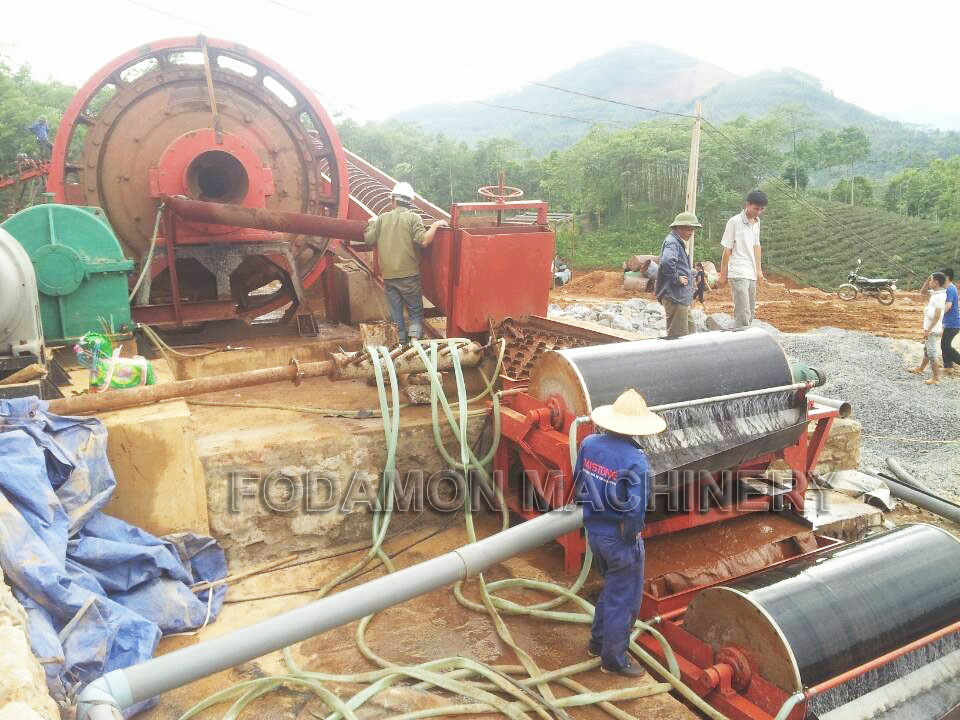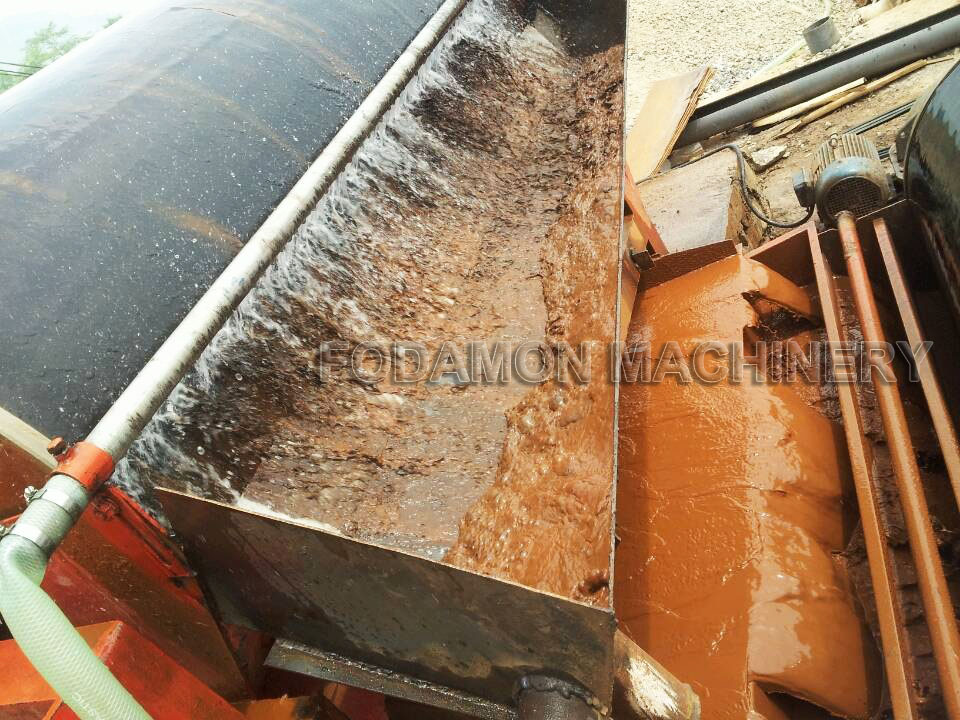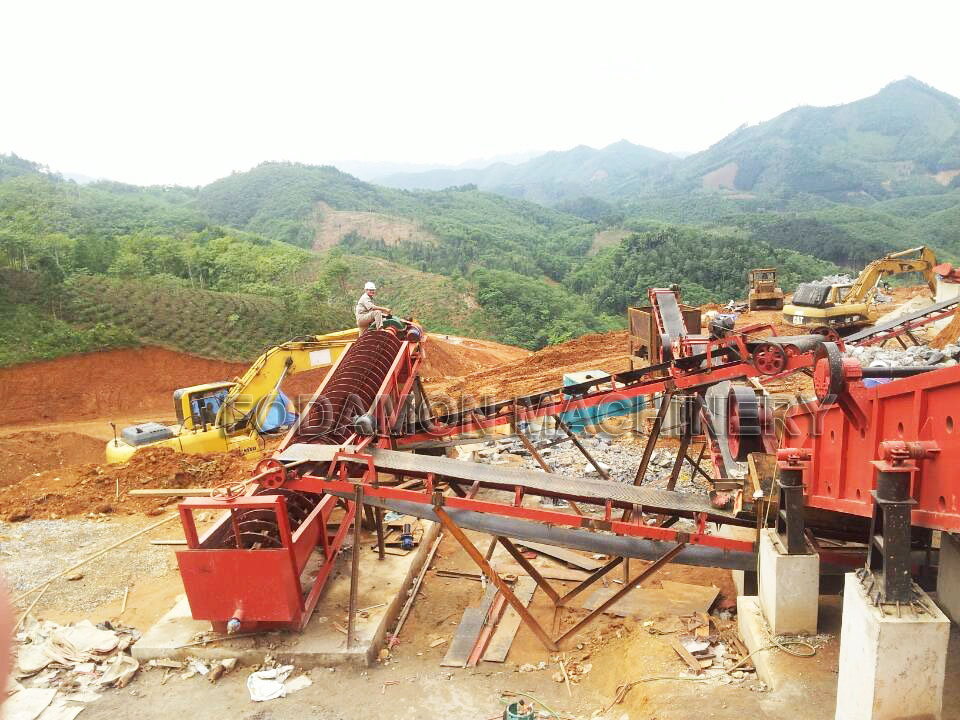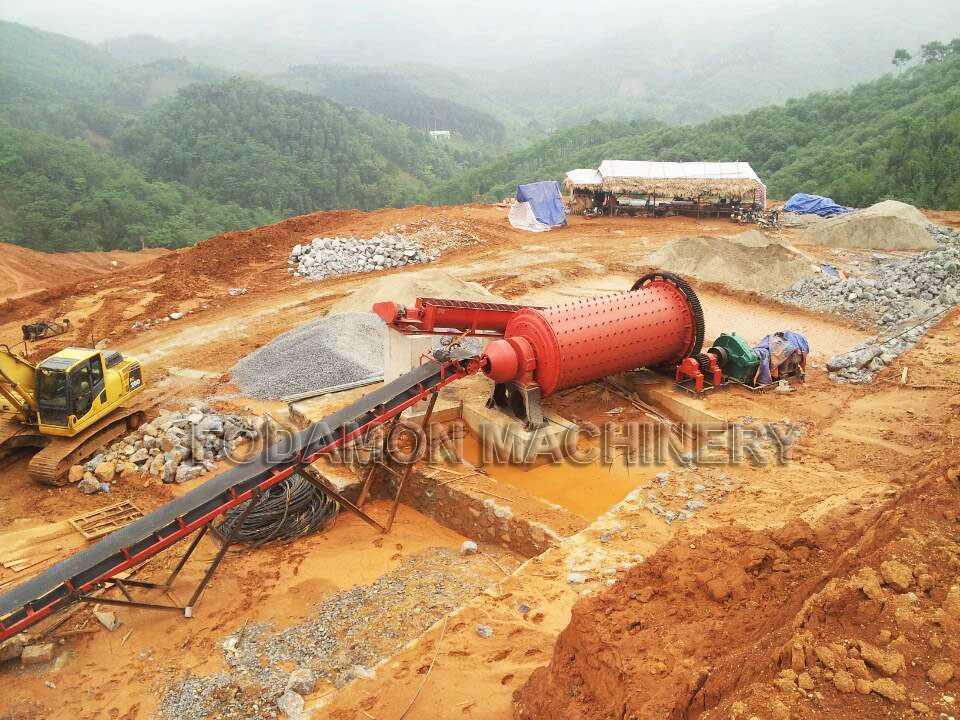Beneficiation process flow refers to the production process in which the mined ore is obtained to meet the smelting requirements after various operations. Beneficiation process flow mainly includes: ore crushing and screening, ball mill grinding and classifier classification, mineral separation (gravity separation, flotation and magnetic separation, etc.), mineral dehydration (concentration, filtration, drying, etc.).

Mineral processing equipment includes feeder, crusher, ball mill, classifier, vibrating screen, shaking table, magnetic separator, mixing drum, flotation machine and other equipment.
There are many kinds of iron ores, and different iron ore processing technologies are also different. The beneficiation process is to select different beneficiation methods according to the properties of different ores to achieve the best beneficiation effect. The following are the common iron ore beneficiation technologies summarized by fodamon Engineers: Ⅰ. Magnetic ore

Single magnetite
Most of the iron minerals in single magnetite are magnetite, which has the longest history of mineral processing. Because of the simple composition of ore, weak magnetic separation is often used.
For large and medium-sized magnetic separation plants, one-stage grinding magnetic separation is often used when the grinding particle size is greater than 0.2 mm. When it is less than 0.2mm, two-stage grinding magnetic separation is adopted. If the qualified tailings can be separated from the rough grinding, the stage grinding magnetic separation is adopted. Dry grinding and dry magnetic separation are used in water shortage areas. In general, the gangue is removed by dry magnetic separation. The former obtains massive rich ore and the latter obtains concentrate by grinding magnetic separation.
In order to obtain high-grade concentrate, magnetite concentrate can be treated by reverse flotation or vibrating fine screen. In order to improve the recovery rate, the process of tailings re concentration can be considered for further recovery.

Containing polymetallic magnetite
The gangue of polymetallic magnetite contains silicate or carbonate minerals, which are often associated with Polygonum ferrocalendar, cobalt pyrite or chalcopyrite and apatite. This kind of ore also has a lot of mineral processing practice. Generally, the low-intensity magnetic separation and flotation combined process is used, that is, recovering iron by weak magnetic separation, and recovering sulfide or apatite by flotation.

In principle, the flowsheet can be divided into two types: low intensity magnetic separation flotation and flotation low intensity magnetic separation. In the former process, the connective body mainly enters the iron concentrate; in the latter process, it mainly enters the sulfide concentrate. Therefore, under the same grinding particle size, the iron concentrate with low sulfide content and the sulfur with high recovery rate can be obtained by flotation followed by magnetic separation Chemical concentrate.
This kind of ore often has self fusibility, so attention should be paid to keep the self fusibility of concentrate. Some of them exist in magnetite as isomorphism, which is difficult to separate from iron by mechanical beneficiation.
